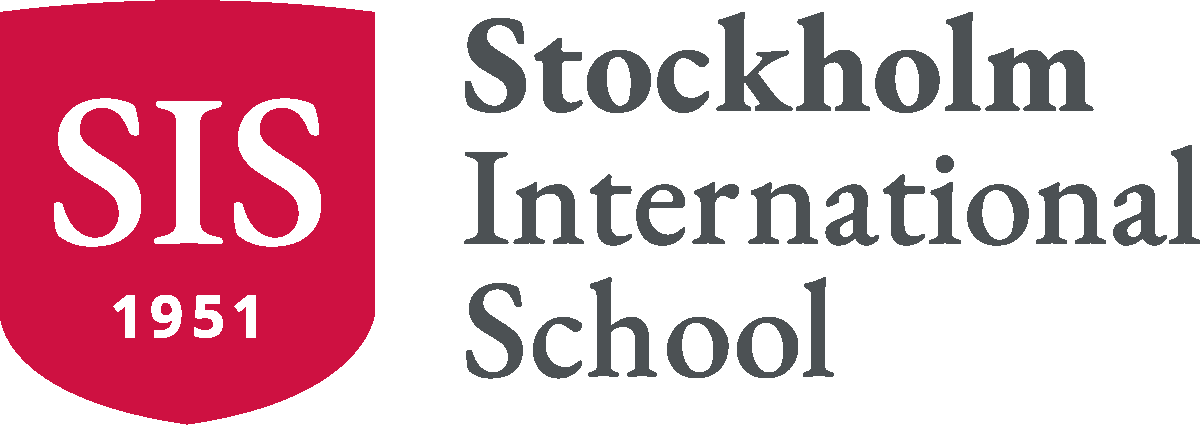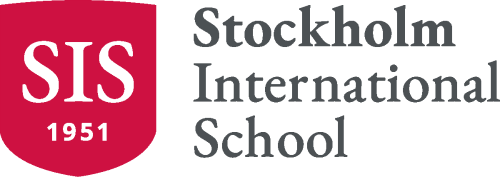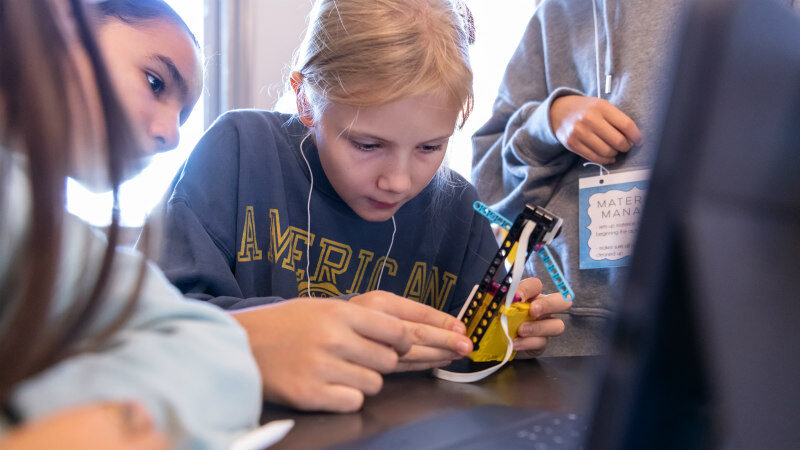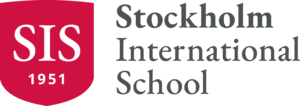‘Learning Commons’, ‘Makerspace’: you may have heard the terms but what do they really mean?
There was a time when being sent to the library would almost be perceived as a punishment. Libraries were places of austere scholarship; noiseless rooms with formal seating spaced to inhibit communication among users and desks to support weighty reference books or worthy literature; sterile in their formality.
Then, in the early 1990s, attitudes began to change. To begin with, it was in higher education that the concept of a ‘Learning Commons’ or ‘Information Commons’ originated. In parallel with the digital revolution that would change how – and how much – information could be accessed, came the recognition that the skill set required for research was changing. By early this century, schools were also beginning to embrace the Learning Commons (LC) concept. It was recognised that even very young students could intuitively use emerging technologies and could easily grasp the entertainment and communication value of the devices they use, but they needed to learn how these tools can be used in learning and critical thought. A Learning Commons would provide that environment.
More than a physical space
‘The Learning Commons is a place where students can come to research, socialise, collaborate, laugh, and cry’, says Katalin Pongo, SIS’s Learning Commons Specialist for the Middle and Upper Schools. ‘But it’s much more than a physical space. It’s a different concept in how we learn, how we solve problems, how we work with others, and how we as a school integrate technology into our teaching and into students’ experience.’
Katalin is at pains to point out how the flexibility in a modern LC space can benefit students: ‘Research has demonstrated the value of “brain breaks” for students during the learning process. It’s good to shift from an intense piece of study, to just take a little time to look into another activity because it interests or entertains you. Play a game of chess, or think about how to solve a common everyday problem.’ This, of course, sits squarely with the SIS definition of learning – as making connections – and the cross-curriculum emphasis in IB programmes.
Eleni Frountzou, the Learning Commons Specialist in Primary School, shares Katalin’s belief in the merits of the LC philosophy. ‘It gives students the chance to explore their interests. It lets them discover what they like, what they are good at, and discover their strengths for themselves while receiving expert guidance and help throughout.’
Research has shown that this enquiry- and activity-based learning is a better method for long-term learning compared with older methods that would produce short-term benefits that rapidly fade with time. Learning commons spaces also provide benefits by being inclusive and designed to allow all our students a safe space in which to thrive.
Eleni and Katalin are both keen to emphasise that the Learning Commons is not just a place that students come to, LC travels into the classroom as well. They explain that it’s a necessity to do so given the amount of space that can currently be given over to them in the School, and the whole LC team is looking forward to the possibilities that Norra Latin will bring.
Making the Makerspace
As Primary School Technology Integrator, Mmamotlhabi Tlailane has been instrumental in developing a particular aspect of the Learning Commons offering in the School – the Makerspce. She explains how Makerspace takes creativity, communication, critical thinking, and collaboration. into the classroom, with a particular emphasis on technology skills such as programming and coding. ‘We are not only directly teaching students to get to grips with technology resources, we are working with teachers to identify appropriate platforms and apps that add to their options and keep students engaged.’ Mmamotlhabi can regularly be seen taking containers of Makerspace components to classrooms creating a buzz of excitement as she unpacks lego pieces, cables, and electronic components to allow the students to build and programme robots amongst other activities.
Learning stages in the Makerspace
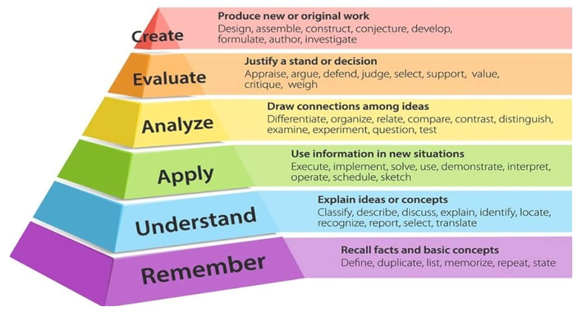
Recent scientific research shows activity-based learning enhances students’ learning processes, especially critical thinking and problem-solving skills. Activities are based on Bloom’s Taxonomy (2018), which defines six crucial learning stages to fully acquire new information: knowledge, comprehension, application, analysis, synthesis, and evaluation. Throughout the projects completed in the Makerspace, students go through all these stages, with the support of their peers and their teacher as a facilitator.
Benefits of this learning approach include:
- Helping students understand information
- Creating real-world applications for classroom concepts
- Encouraging kids to express themselves in different ways and encouraging constant conversation with the teachers who get an immediate feedback opportunity
- Learning to take failure in stride
- Encouraging kids to be independent and inquisitive, thereby promoting deeper student engagement, and leading to fewer behavioural issues due to increased involvement and interest
- Instant accommodation for students with varied abilities
In SIS, the LC team is also committed to instilling good principles of Digital Citizenship in our students. This means not only teaching them about using digital tools, but also to think critically about information they might discover online, and raise their awareness of privacy concerns and their digital footprint. In Primary School, there is a weekly lesson aimed at cultivating the digital skills and awareness that students will need throughout their life of learning.
It’s obvious that activities like this don’t fit in the quiet old-fashioned library we described before. The modern Learning Commons is as much a social space as a learning one. Comfortable chairs, informal groupings, and stimulating games acknowledge that the best learning experience is not sitting ramrod straight in a hallowed atmosphere.
Everyone’s favourite space
And that is the ambition for the LC team as they plan how to use the much bigger Learning Commons space that will open up at Norra Latin. ‘We want to see every unit of study have a Makerspace collaboration as part of it.’ says Katalin. ‘We want to be able to work more with the teachers to develop new resources and opportunities. We want the Learning Commons to be everyone’s favourite space in the School,’.
Eleni smiles in agreement, as some passing students sit down to a game of chess just behind her…
